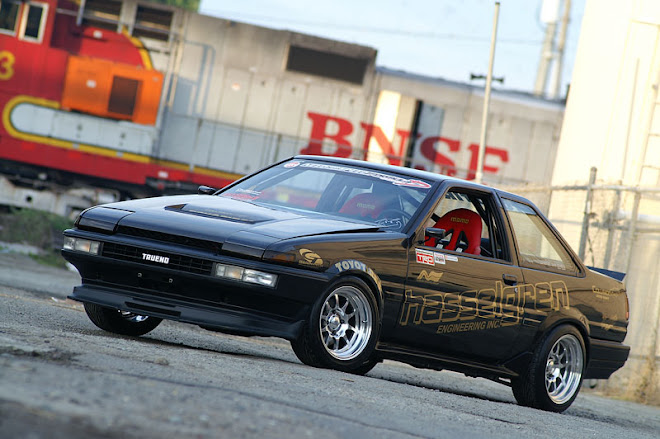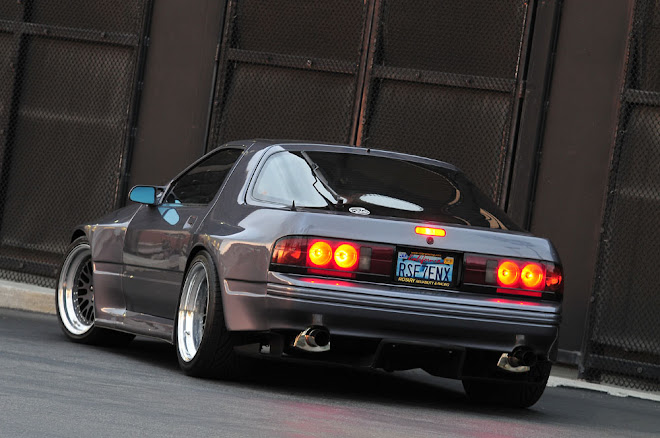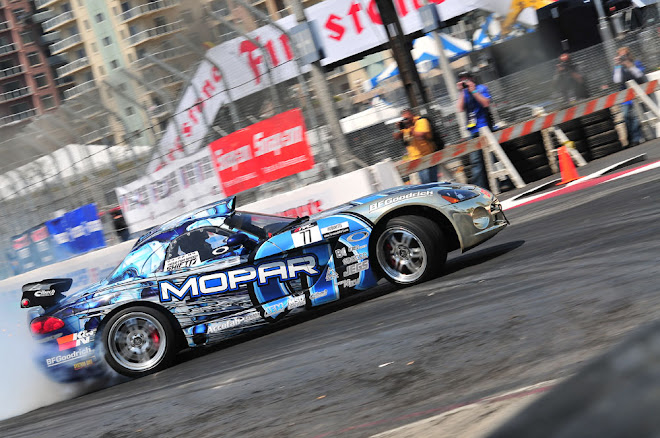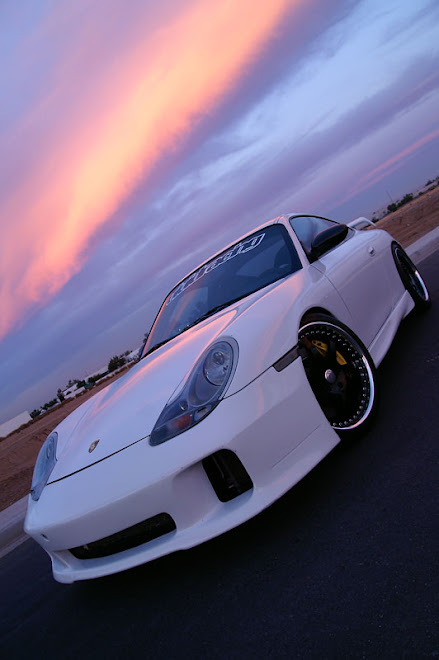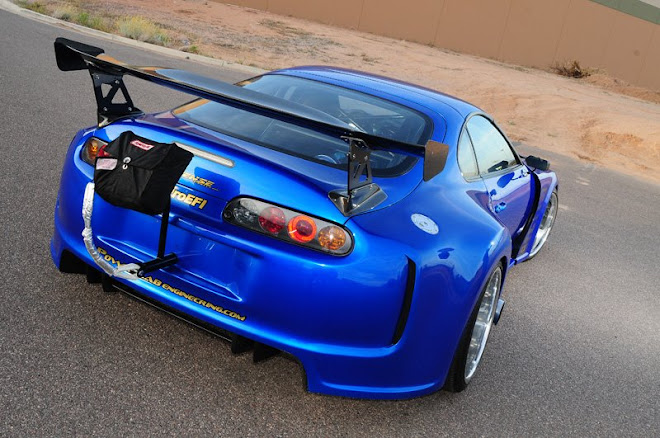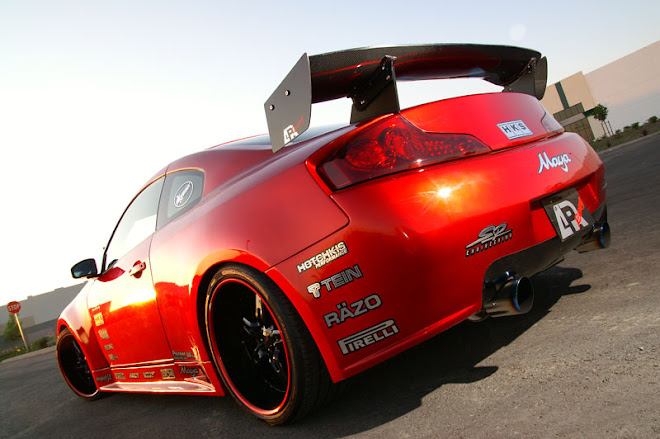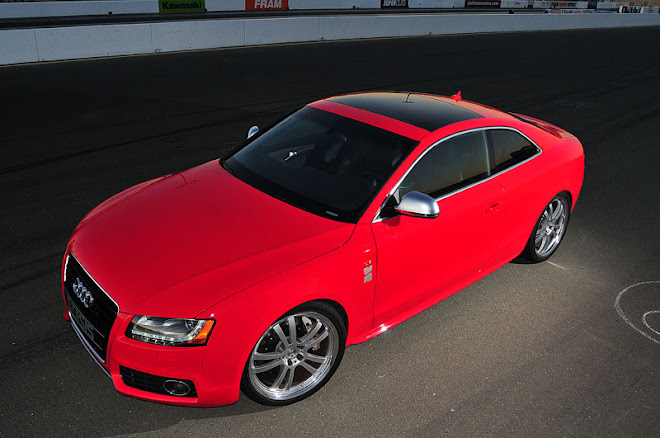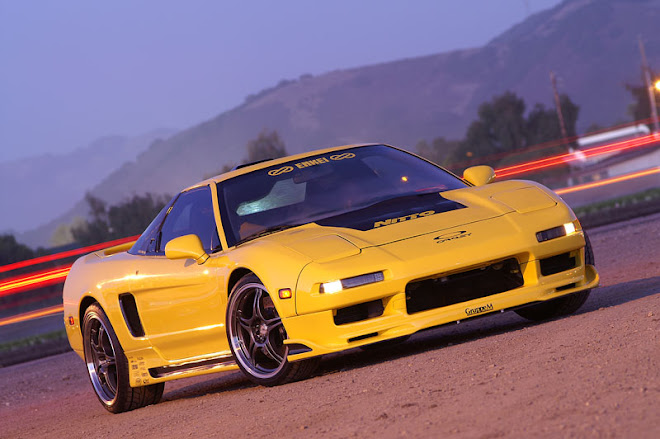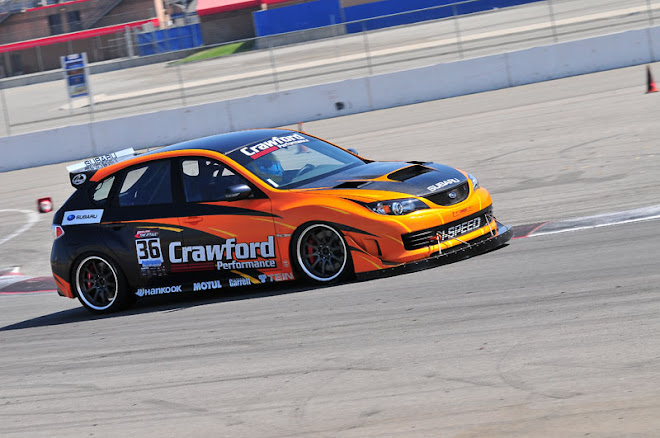On the eve of the CES show, I've been giving some thought to the weighty topic of what, exactly, constitutes a "great" camera body. It's not the sheer number of pixels a manufacturer can cram on one sensor (although the ad people would have you believe that). What use is 21 or 24 megapixels if the AF is so slow that you miss the shot? Or if the frame rate drops so slow in 14-bit RAW as to nearly make the camera as slow as a point-and-shoot? Of course, I'm exaggerating for effect, as none of the higher-end prosumer or professional camera bodies are nearly this bad, but it highlights a point; camera MFGs are driven by what they think photographers need, or more importantly, will buy. And they're also governed by their own corporate culture, which is a big factor in Japan.
My needs are interesting at the moment. On one hand, I'd love to have high megapixels, for high detail capture. On the other hand, I want the cameras to blast off a high frame rate. Finally, I want incredible clarity and sharpness from my images. The D300, on paper, looks mighty capable. 12.3 megapixels, with a lot of color capturing potential, and decent resolution. What it does not deliver is speed (falls to around 2.5 FPS maximum in 14-bit RAW color mode) or clarity (have you seen straight from the camera JPGS?). So... I can shoot slowly in RAW, and take forever converting each image by hand (no, CaptureNX does not do a great job with batch-processing RAW files; blacks get blotchy), or I can shoot relatively fast (5-6 fps) in 12-bit color and suffer the wrath of camera-butchered JPGs. Thom Hogan assures me that Nikon camera bodies are the sharpest, when shot in RAW. But what happens when I need faster performance. Nikon has no answer for that.
Then there's Canon, whose current pro bodes, the 1D MarkIV and the 1Ds MarkIII, are the fastest things out there. A burning 10 fps for the 1D model, and 5 fps for the 1Ds (which is processing 21 megapixels!). The Canon D700 is marginally faster in JPG mode, but has 9 megapixels less on it's full-frame sensor. Where the Canon's deliver sharp, clear JPGs from the camera, the Nikons don't.
So, if I am to move from the D300, which way do I go. Either way, for a pro-level body, it's a ton of money. If I stick with Nikon, I don't have to swap out my lenses (although I wouldn't mind because Thom also assures me that AF speed and accuracy will improve if I'm using Nikon lenses). If I go to Canon, the price goes up, especially for image-stabilized "L" lenses.
What about a combination of older Canon "1D" body and a sharp L lens like a non-IS f2.8 70-200mm lens? Both can be had for less than the cost of just one new Nikon D700. If I'm dealing with these questions, how many others are too? Tax time is right around the corner, and camera MFGs need to realize this, and begin to time new camera releases for this important time. Will there be any fantastic new camera bodies from Canon or Nikon at the CES show? I sure as heck hope so, and that the prices will be more in line with our new world economy. My career is hanging on it





